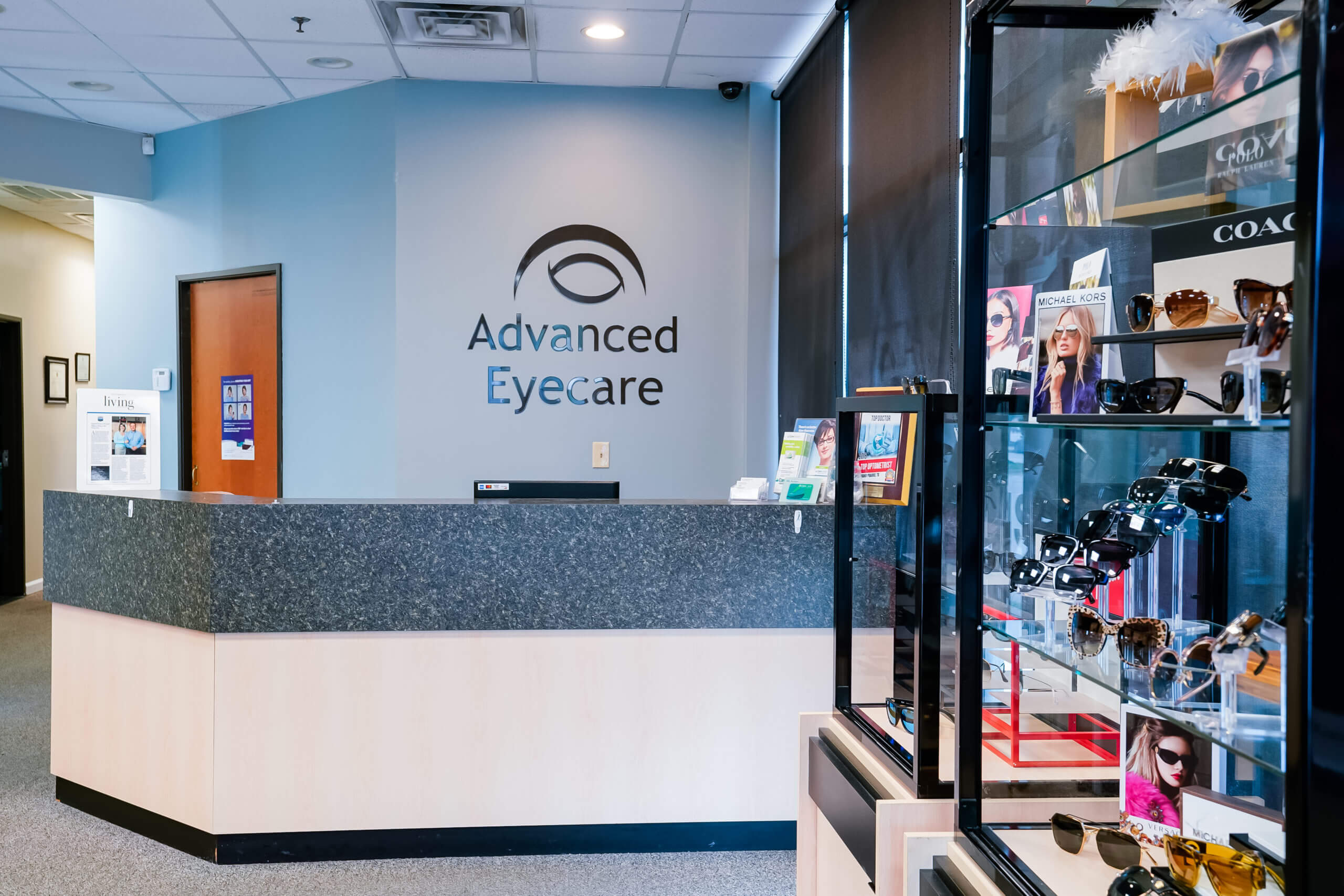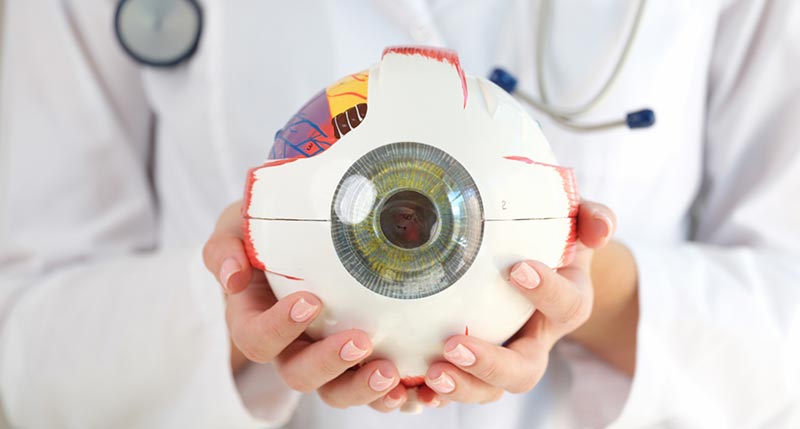Andalusia Eye Doctors: Specialist Eye Doctors in Your Area
Andalusia Eye Doctors: Specialist Eye Doctors in Your Area
Blog Article
The Pros and Cons of Different Refractive Surgical Procedures for Improved Eyecare

LASIK Surgery
LASIK surgery is a frequently carried out refractive treatment that intends to deal with vision problems such as farsightedness, astigmatism, and nearsightedness. Throughout the procedure, a thin flap is produced on the cornea, and a laser is used to reshape the underlying cells, dealing with the refractive mistake.
Among the main benefits of LASIK surgery is the rapid renovation in vision experienced by numerous clients. Most individuals observe a substantial improvement in their sight soon after the procedure, with marginal downtime needed for recovery. Additionally, LASIK is recognized for its high success rate and low occurrence of issues when carried out by competent cosmetic surgeons. However, like any type of procedure, LASIK additionally brings some threats, including completely dry eyes, glow, halos, and under or overcorrection of vision. It is vital for people thinking about LASIK surgery to undertake a detailed analysis by an eye care specialist to identify if they are ideal candidates for the treatment.
PRK Treatment
The PRK procedure, likewise called Photorefractive Keratectomy, is a kind of refractive surgical treatment that aims to correct vision problems comparable to LASIK surgery. Unlike LASIK, which entails developing a flap in the cornea, PRK services the surface area layer of the cornea. Throughout the PRK procedure, the outer layer of the cornea, called the epithelium, is eliminated to permit improving of the underlying corneal tissue with an excimer laser. This reshaping assists to deal with refractive errors such as astigmatism, nearsightedness, and farsightedness.
One of the benefits of PRK over LASIK is that it removes the danger of flap-related issues considering that no flap is produced throughout the surgery. Regardless of the longer healing period, PRK can be a suitable alternative for individuals looking for vision modification surgical treatment.
SMILE Surgical Treatment
An advanced refractive surgery technique obtaining appeal in the field of ophthalmology is SMILE Surgical procedure. Little Cut Lenticule Extraction (SMILE) is a minimally intrusive procedure that corrects vision by improving the cornea utilizing a femtosecond laser. Unlike traditional LASIK surgical procedure, SMILE Surgical treatment entails producing a small laceration in the cornea to draw out a lenticule, which leads to less disruption to the corneal structure and possibly quicker recovery times.
Among the primary benefits of SMILE Surgery is its capacity to deal with myopia (nearsightedness) and astigmatism with high accuracy, resulting in superb visual end results for clients. The minimally intrusive nature of the procedure additionally decreases the risk of difficulties such as dry eye disorder, making it a beneficial alternative for individuals looking for refractive surgery.

LASEK Strategy
Having checked out the advantages and factors to consider of SMILE Surgical procedure, one more significant refractive surgical treatment strategy worth checking out is the LASEK Strategy. LASEK, which represents Laser-Assisted Subepithelial Keratectomy, is a type of laser eye surgical treatment that aims to fix refractive mistakes such as nearsightedness (nearsightedness), hyperopia (farsightedness), and astigmatism.
Unlike LASIK, LASEK does not involve producing a corneal flap. Rather, throughout a LASEK procedure, the doctor utilizes a watered down alcohol option to loosen up the thin external layer of the cornea, known as the epithelium. This layer is then carefully moved aside to permit the laser to reshape the underlying corneal cells. Once the cornea has been improved to the desired level, the epithelial layer is repositioned.
Among the key advantages of LASEK is that it can be appropriate for people with thin corneas that may not be great prospects for LASIK. Additionally, LASEK usually leads to marginal post-operative discomfort and a quicker healing time contrasted to PRK. The visual recovery process with LASEK might be a little longer than with LASIK.
Implantable Call Lenses
Implantable Get in touch with Lenses supply a Website long-lasting vision improvement solution for individuals seeking an option to typical call lenses or glasses. These lenses, also referred to as phakic intraocular lenses, are surgically placed into the eye to remedy refractive errors such as myopia (nearsightedness), hyperopia (farsightedness), and astigmatism. eye center andalusia. Unlike typical call lenses that remain on the surface area of the eye, implantable call lenses function within the eye itself, giving clear vision without the demand for daily maintenance or elimination
One of the crucial benefits of implantable get in touch with lenses is their permanence. When placed, they can stay in the eye forever, using consistent and stable vision correction. Additionally, these lenses can be an excellent option for people that are not great candidates for laser eye surgical treatment or who prefer a reversible vision improvement treatment.
Nevertheless, implantable get in touch with lenses do carry some risks, consisting of Source the possibility for cataracts or boosted eye pressure. It is essential for people considering this alternative to talk to an eye care professional to establish if implantable call lenses are the best choice for their specific demands and eye health and wellness.
Conclusion
In conclusion, each type of refractive surgical procedure has its own benefits and drawbacks. LASIK surgical procedure is popular for its quick recuperation time, while PRK procedure may be appropriate for people with thin corneas.

In General, SMILE Surgical procedure presents an encouraging option for people looking to enhance their vision with refractive surgery.
Report this page